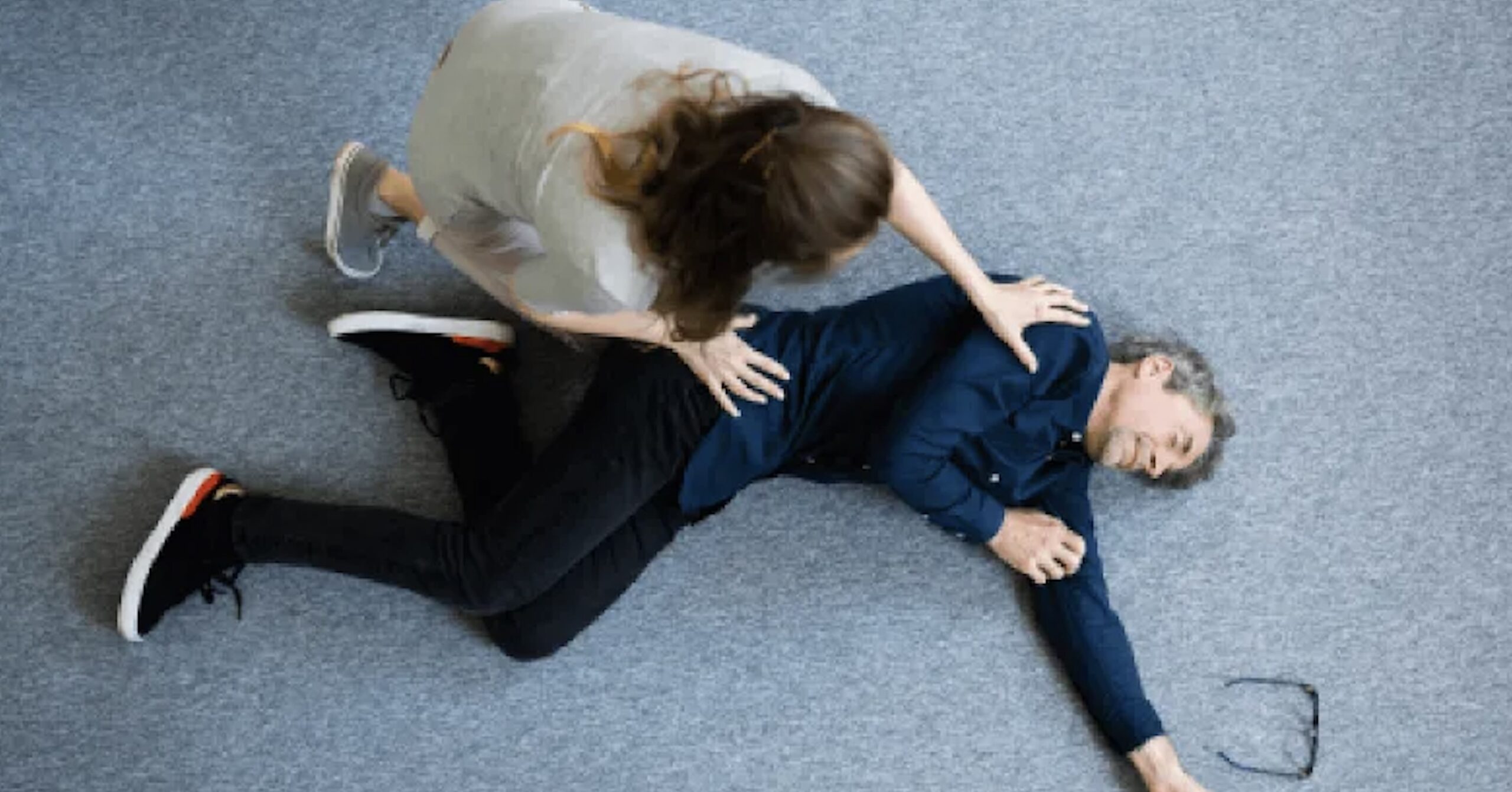Fainting: Symptoms, Causes & Treatment
What are the symptoms of fainting?
Fainting, also known as syncope, is a temporary loss of consciousness that is typically caused by a temporary drop in blood flow to the brain. The symptoms of fainting can vary from person to person but may include:
- Feeling lightheaded or dizzy: Many people experience a sensation of lightheadedness or dizziness before fainting. This may be accompanied by a feeling of weakness or unsteadiness.
- Blacking out: Fainting often involves a brief loss of consciousness, during which the person may appear pale and unresponsive. In some cases, the person may also experience muscle twitching or jerking.
- Nausea or sweating: Some people may feel nauseous or break out in a cold sweat before fainting.
- Vision changes: Fainting may be preceded by changes in vision, such as tunnel vision or seeing spots or flashes of light.
- Rapid heartbeat or palpitations: Some people may experience a rapid heartbeat or palpitations before fainting.
- Confusion or disorientation: After regaining consciousness, some people may feel confused or disoriented for a brief period.
It’s important to note that fainting can be caused by a variety of underlying medical conditions or triggers, such as dehydration, low blood sugar, sudden changes in position (e.g., standing up quickly), or emotional stress. In some cases, fainting may be a sign of a more serious underlying condition, such as an arrhythmia or a neurological disorder. If you or someone else experiences fainting or near-fainting episodes, it’s important to see your healthcare provider for medical evaluation to determine the cause and appropriate treatment.
What are the causes of fainting?
Fainting, or syncope, can be caused by a variety of factors that result in a temporary drop in blood flow to the brain. Some common causes of fainting include:
- Vasovagal syncope: This is the most common cause of fainting and is triggered by a sudden drop in blood pressure, often in response to a stressful or emotionally distressing event, standing for long periods, or standing up too quickly after sitting or lying down.
- Orthostatic hypotension: This occurs when there is a sudden drop in blood pressure when standing up from a sitting or lying position, leading to a brief loss of consciousness.
- Dehydration: Severe dehydration can lead to a drop in blood volume and blood pressure, increasing the risk of fainting.
- Heart-related causes: Certain heart conditions, such as arrhythmias (abnormal heart rhythms), structural heart diseases, or conditions that affect the heart’s ability to pump blood effectively, can lead to fainting.
- Neurological causes: Conditions that affect the autonomic nervous system, which controls involuntary functions like blood pressure and heart rate, can lead to fainting. Examples include vasovagal syncope, postural orthostatic tachycardia syndrome (POTS), and carotid sinus hypersensitivity.
- Hypoglycemia: Low blood sugar levels can lead to fainting, especially in individuals with diabetes who take insulin or certain medications.
- Anemia: Severe anemia, which is a low red blood cell count, can lead to reduced oxygen delivery to the brain and fainting.
- Medications: Some medications, such as blood pressure medications, antidepressants for depression, and anti-anxiety medications for anxiety, can cause fainting as a side effect.
- Heat-related causes: Heat exhaustion or heat stroke can lead to fainting due to dehydration and overheating.
- Hyperventilation: Rapid breathing can lead to a decrease in carbon dioxide levels in the blood, which can cause fainting.
These are just a few examples of the many possible causes of fainting. It’s important to seek medical evaluation if you experience fainting or near-fainting episodes to determine the underlying cause and appropriate treatment.
What is the treatment for fainting?
The treatment for fainting, also known as syncope, depends on the underlying cause. In many cases, fainting is not serious and does not require specific treatment. However, if fainting is recurrent or is caused by an underlying medical condition, treatment may be necessary. Some general measures that may help manage fainting episodes include:
- Lying down: If you feel lightheaded or dizzy, lying down with your legs elevated can help improve blood flow to the brain and prevent fainting.
- Avoiding triggers: If you know what triggers your fainting episodes (such as standing up quickly or being in a hot environment), try to avoid these triggers if possible.
- Hydration: Ensuring adequate hydration can help prevent fainting episodes, especially in hot weather or during physical activity.
- Eating regular meals: Maintaining stable blood sugar levels by eating regular, balanced meals can help prevent fainting in individuals prone to hypoglycemia.
- Avoiding alcohol and caffeine: These substances can worsen dehydration and may increase the risk of fainting.
- Wearing compression stockings: For individuals with orthostatic hypotension, wearing compression stockings can help improve blood flow and prevent fainting when standing up.
- Medications: In some cases, medications may be prescribed to manage underlying conditions that contribute to fainting, such as arrhythmias or low blood pressure.
If fainting is caused by a serious underlying condition, such as a heart problem or neurological disorder, treatment will focus on managing the underlying condition. This may involve medications, lifestyle changes, or other interventions as recommended by a healthcare provider.
It’s important to seek medical evaluation if you experience fainting or near-fainting episodes, especially if they occur frequently or are associated with other symptoms such as chest pain, palpitations, shortness of breath, or severe headache. Your healthcare provider can help determine the cause of your fainting and recommend appropriate treatment.




